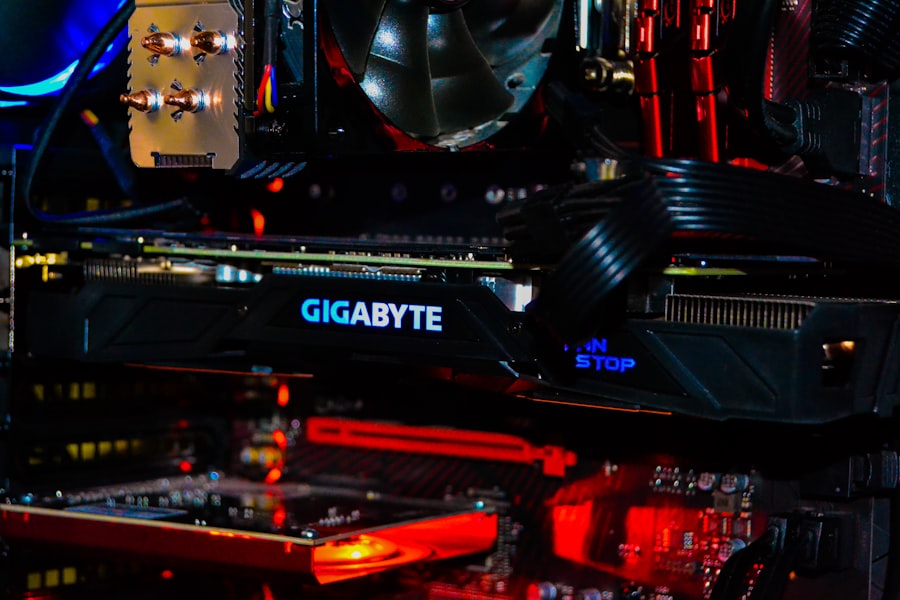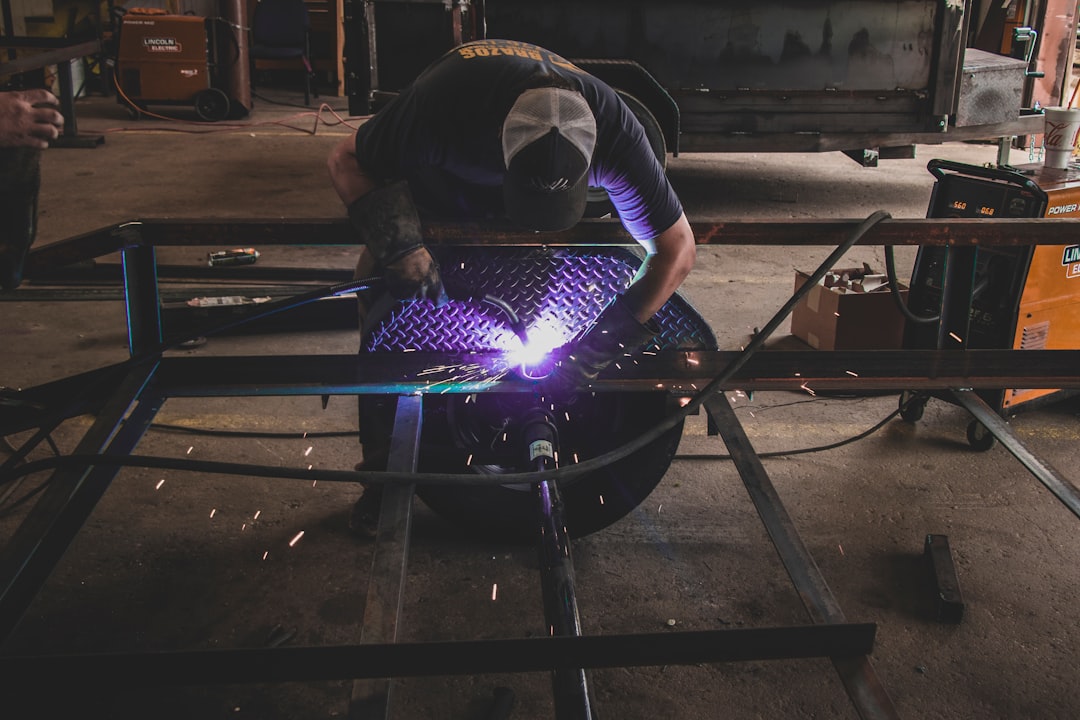Laser hair removal is a popular cosmetic procedure that uses a concentrated beam of light to remove unwanted hair. The laser targets the pigment in the hair follicles, heating them up and damaging the follicle to inhibit future hair growth. It is important to understand that laser hair removal is not a one-time treatment; multiple sessions are required to achieve the best results. The number of sessions needed varies depending on the individual’s hair type, skin color, and the area being treated. It is also important to note that laser hair removal is most effective on individuals with light skin and dark hair, as the contrast between the skin and hair color allows the laser to target the hair follicles more effectively.
Laser hair removal is a safe and effective procedure when performed by a trained and experienced professional. It is important to do thorough research and choose a reputable clinic with certified technicians to ensure the best results and minimize the risk of complications. Before undergoing laser hair removal, it is essential to have a consultation with a qualified practitioner to discuss your goals, expectations, and any concerns you may have. During the consultation, the practitioner will assess your skin and hair type, discuss the treatment process, and provide you with a personalized treatment plan. Understanding the process and having realistic expectations is crucial for a successful laser hair removal experience.
Key Takeaways
- Understanding the laser hair removal process is essential for a successful treatment
- Preparing your skin by avoiding sun exposure and exfoliating can improve the results
- Shaving before treatment ensures the laser targets the hair follicle and not the surface hair
- Discussing your medical history with the technician is crucial for a safe and effective treatment
- Managing pain and discomfort during the treatment can be achieved through various methods
- Post-treatment care, including moisturizing and avoiding sun exposure, is important for optimal results
Preparing Your Skin
Properly preparing your skin before laser hair removal is essential for achieving optimal results and minimizing the risk of side effects. One of the most important steps in preparing your skin is to avoid sun exposure for at least six weeks before the treatment. Sun exposure can make your skin more sensitive to the laser and increase the risk of complications such as burns or discoloration. It is also important to avoid using self-tanning products or tanning beds during this time, as they can also increase the risk of adverse reactions.
Another important aspect of preparing your skin for laser hair removal is to avoid plucking, waxing, or electrolysis for at least six weeks before the treatment. These hair removal methods can disturb the hair follicle, making it less effective for the laser to target during the treatment. Shaving is the only recommended method for removing hair before laser hair removal, as it preserves the hair shaft and allows the laser to effectively target the follicle. Additionally, it is important to keep your skin clean and free of lotions, creams, or makeup on the day of the treatment to ensure the laser can penetrate the skin properly.
Avoiding Sun Exposure
Sun exposure before laser hair removal can increase the risk of adverse reactions and reduce the effectiveness of the treatment. The sun’s UV rays can make your skin more sensitive and prone to burning during the laser treatment, leading to potential complications such as blistering or hyperpigmentation. It is important to avoid direct sun exposure for at least six weeks before your laser hair removal sessions. If sun exposure cannot be avoided, it is crucial to use a broad-spectrum sunscreen with an SPF of 30 or higher to protect your skin from UV rays.
In addition to avoiding sun exposure, it is also important to refrain from using tanning beds or self-tanning products before laser hair removal. These methods can also increase the risk of adverse reactions and interfere with the effectiveness of the treatment. If you have a tan or sunburn on the day of your scheduled laser hair removal session, it is important to reschedule to reduce the risk of complications and ensure optimal results. By following these guidelines and protecting your skin from sun exposure, you can help ensure a safe and successful laser hair removal experience.
Shaving Before Treatment
| Country | Percentage of Patients | Recommendation |
|---|---|---|
| United States | 75% | Recommended |
| United Kingdom | 80% | Recommended |
| Canada | 70% | Recommended |
Shaving before laser hair removal is an essential step in preparing for the treatment. Unlike other hair removal methods such as plucking or waxing, shaving preserves the hair shaft and allows the laser to effectively target the hair follicle during the treatment. It is recommended to shave the area being treated 24-48 hours before your scheduled laser hair removal session. This ensures that there is enough visible hair for the laser to target while minimizing any potential discomfort during the treatment.
When shaving before laser hair removal, it is important to use a clean, sharp razor to avoid irritation or ingrown hairs. It is also important to avoid using any shaving creams, lotions, or moisturizers on the day of your treatment, as they can create a barrier between the skin and the laser, reducing its effectiveness. By following these guidelines and properly shaving before your laser hair removal session, you can help ensure that the treatment is as effective and comfortable as possible.
Discussing Medical History
Before undergoing laser hair removal, it is crucial to discuss your medical history with your practitioner to ensure that you are a suitable candidate for the treatment and to minimize the risk of complications. Certain medical conditions and medications can affect the safety and effectiveness of laser hair removal. It is important to inform your practitioner about any medical conditions you have, such as diabetes, skin disorders, or a history of keloid scarring. Additionally, it is important to disclose any medications you are taking, including antibiotics, blood thinners, or photosensitizing medications.
Pregnancy is another important consideration when discussing your medical history before laser hair removal. While there is limited research on the safety of laser hair removal during pregnancy, many practitioners recommend avoiding the treatment during this time due to potential risks to the fetus. It is important to inform your practitioner if you are pregnant or planning to become pregnant in the near future to ensure that they can provide you with appropriate guidance and recommendations. By openly discussing your medical history with your practitioner, you can help ensure a safe and successful laser hair removal experience.
Managing Pain and Discomfort

While laser hair removal is generally well-tolerated, some individuals may experience mild discomfort during the treatment. To help manage pain and discomfort during laser hair removal, there are several strategies that can be employed. One common method is using a cooling device or applying a cold compress to the treated area before and after the laser pulses. This can help numb the skin and reduce discomfort during the treatment.
Another option for managing pain during laser hair removal is using a topical anesthetic cream. These creams can be applied to the treatment area before the session to help numb the skin and minimize discomfort. It is important to follow your practitioner’s instructions when using topical anesthetic creams to ensure safe and effective use. Additionally, some individuals may find relief from pain by taking over-the-counter pain medication such as ibuprofen or acetaminophen before their laser hair removal session. By discussing pain management options with your practitioner and following their recommendations, you can help ensure a more comfortable laser hair removal experience.
Post-Treatment Care
After undergoing laser hair removal, it is important to follow post-treatment care guidelines to promote healing and minimize the risk of complications. One of the most important aspects of post-treatment care is avoiding sun exposure for at least six weeks following each session. The skin may be more sensitive to UV rays after laser hair removal, increasing the risk of burns or hyperpigmentation. It is crucial to use a broad-spectrum sunscreen with an SPF of 30 or higher and wear protective clothing to shield your skin from the sun.
It is also important to avoid hot baths, saunas, or activities that cause excessive sweating for 24-48 hours after your laser hair removal session. These activities can irritate the treated skin and increase the risk of adverse reactions. Additionally, it is important to keep your skin clean and moisturized following laser hair removal to promote healing and reduce irritation. Your practitioner may recommend using gentle cleansers and moisturizers specifically formulated for post-laser care.
In conclusion, laser hair removal is a safe and effective method for reducing unwanted hair when performed by a qualified professional. By understanding the process, properly preparing your skin, avoiding sun exposure, shaving before treatment, discussing your medical history, managing pain and discomfort, and following post-treatment care guidelines, you can help ensure a successful and satisfying laser hair removal experience.
If you’re wondering how to prepare for laser hair removal, you’re not alone. Many people have questions about this popular cosmetic procedure. One important aspect to consider is the type of laser being used. In a related article on Pico laser hair removal, you can learn about the benefits of this advanced technology and how it differs from traditional laser hair removal methods. Understanding the different options available can help you make an informed decision about your treatment.
FAQs
What is laser hair removal?
Laser hair removal is a cosmetic procedure that uses a concentrated beam of light (laser) to remove unwanted hair. The laser targets the pigment in the hair follicle, damaging the follicle and inhibiting future hair growth.
How should I prepare for laser hair removal?
Before your laser hair removal appointment, it is important to avoid sun exposure and tanning beds for at least six weeks. You should also avoid plucking, waxing, or electrolysis for six weeks prior to the treatment, as the laser targets the hair roots, which are temporarily removed by these methods.
Is there anything I should avoid before laser hair removal?
Before laser hair removal, it is important to avoid using any products that may irritate the skin, such as perfumes, deodorants, or lotions. It is also recommended to shave the area to be treated the day before the appointment, as the laser targets the hair follicle, not the surface of the skin.
What can I expect during the laser hair removal procedure?
During the procedure, a handheld device will be used to deliver the laser pulses to the targeted area. You may feel a slight stinging or snapping sensation, but most people tolerate the treatment well. The duration of the procedure will depend on the size of the area being treated.
What should I do after laser hair removal?
After the procedure, it is important to avoid sun exposure and to use sunscreen on the treated area. You may experience some redness or swelling, which can be relieved with ice packs or aloe vera gel. It is also important to follow any post-treatment care instructions provided by your laser hair removal technician.






